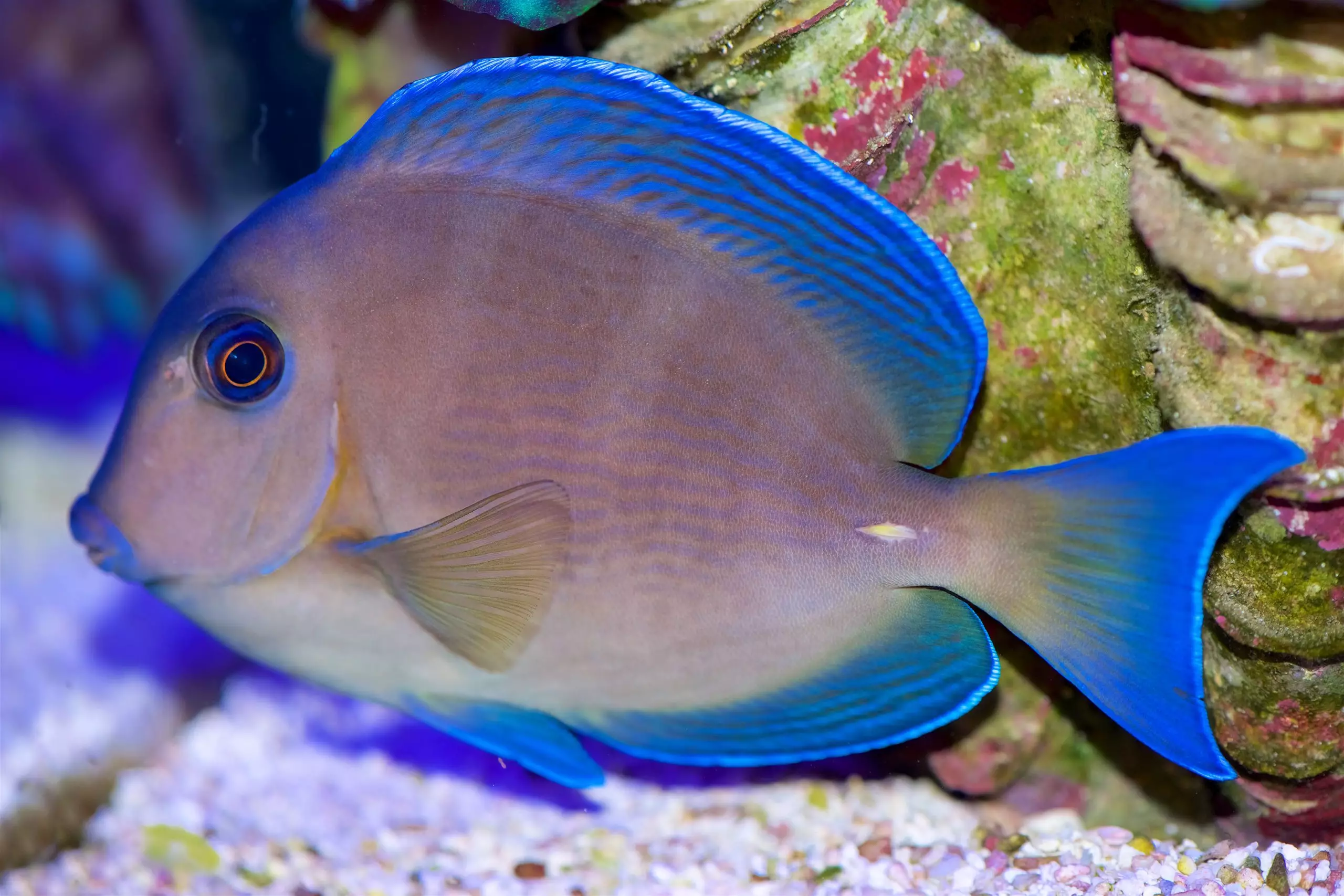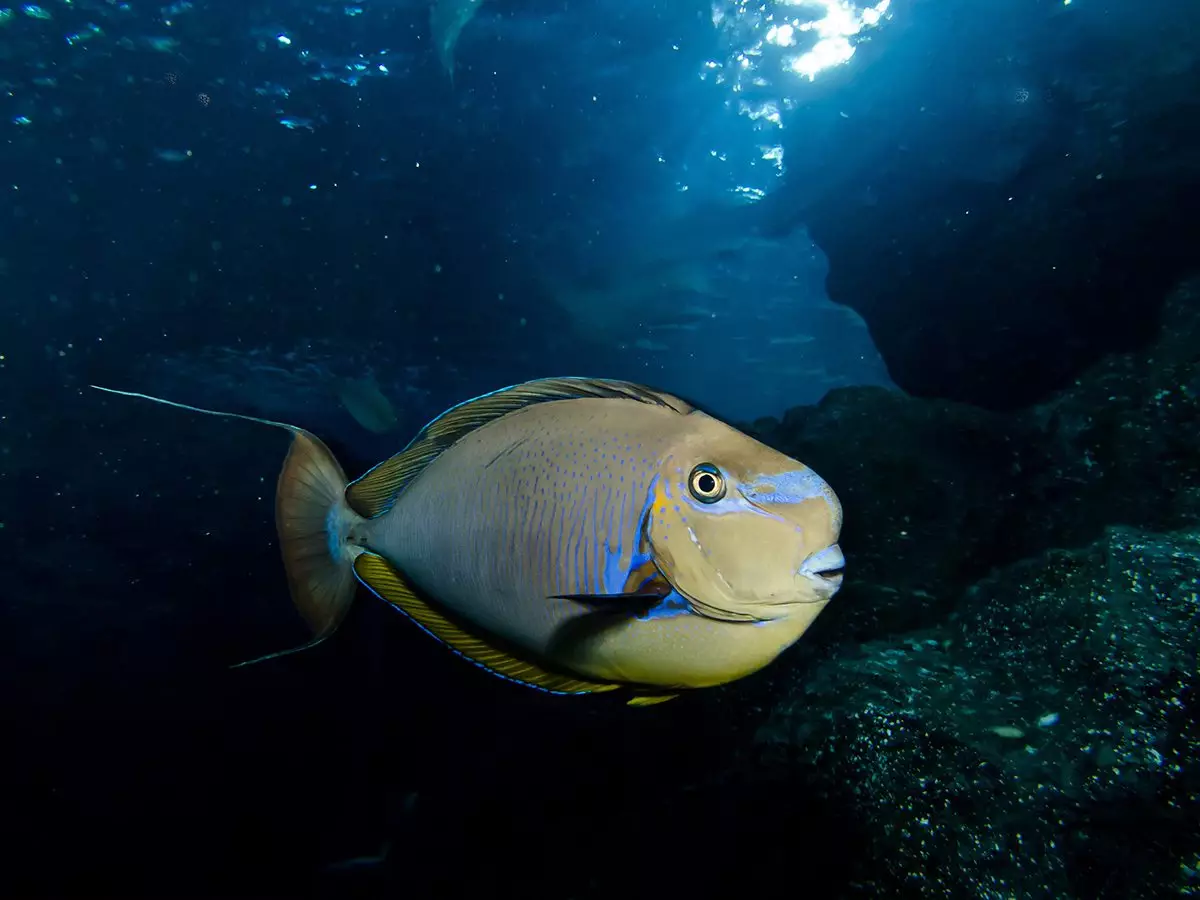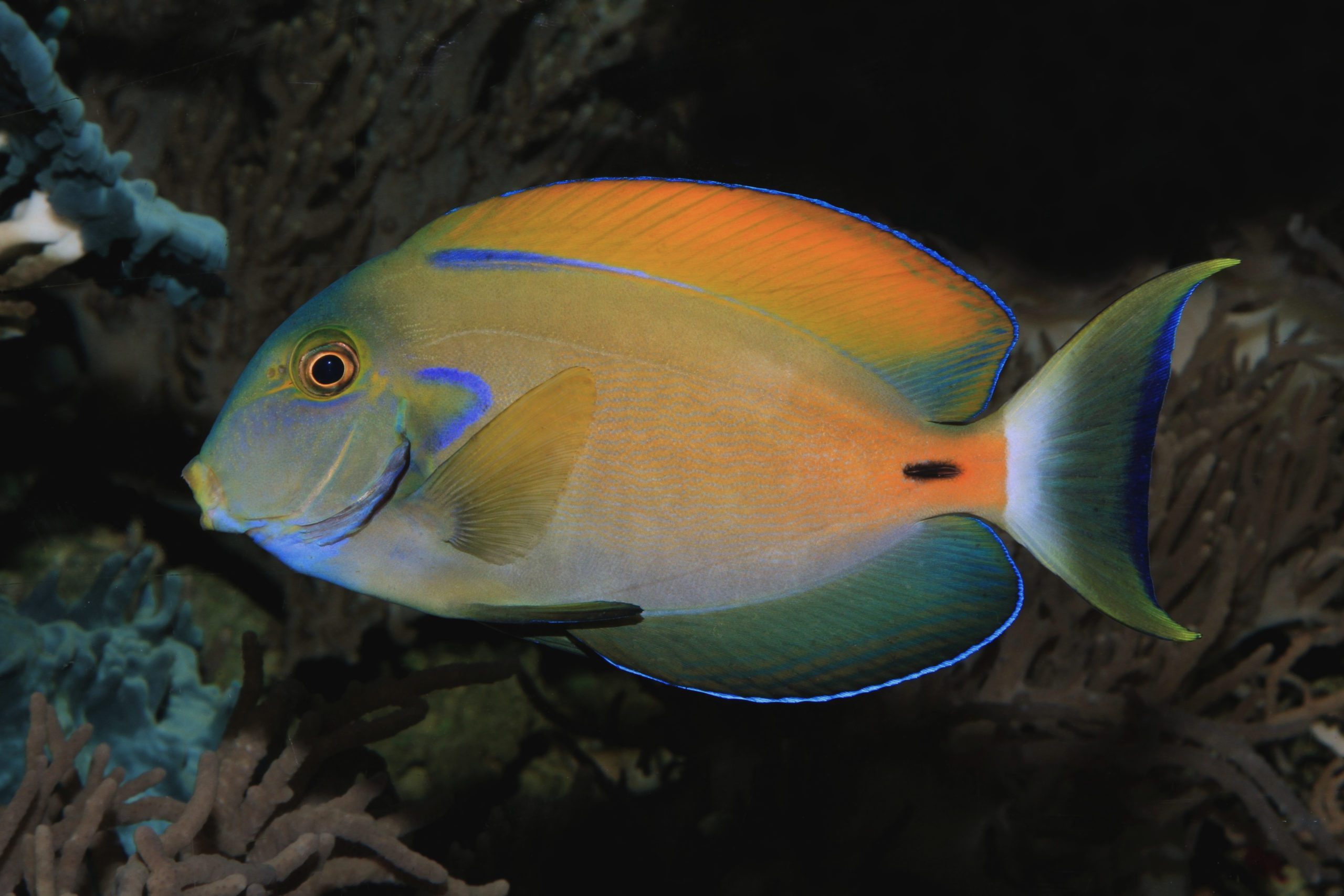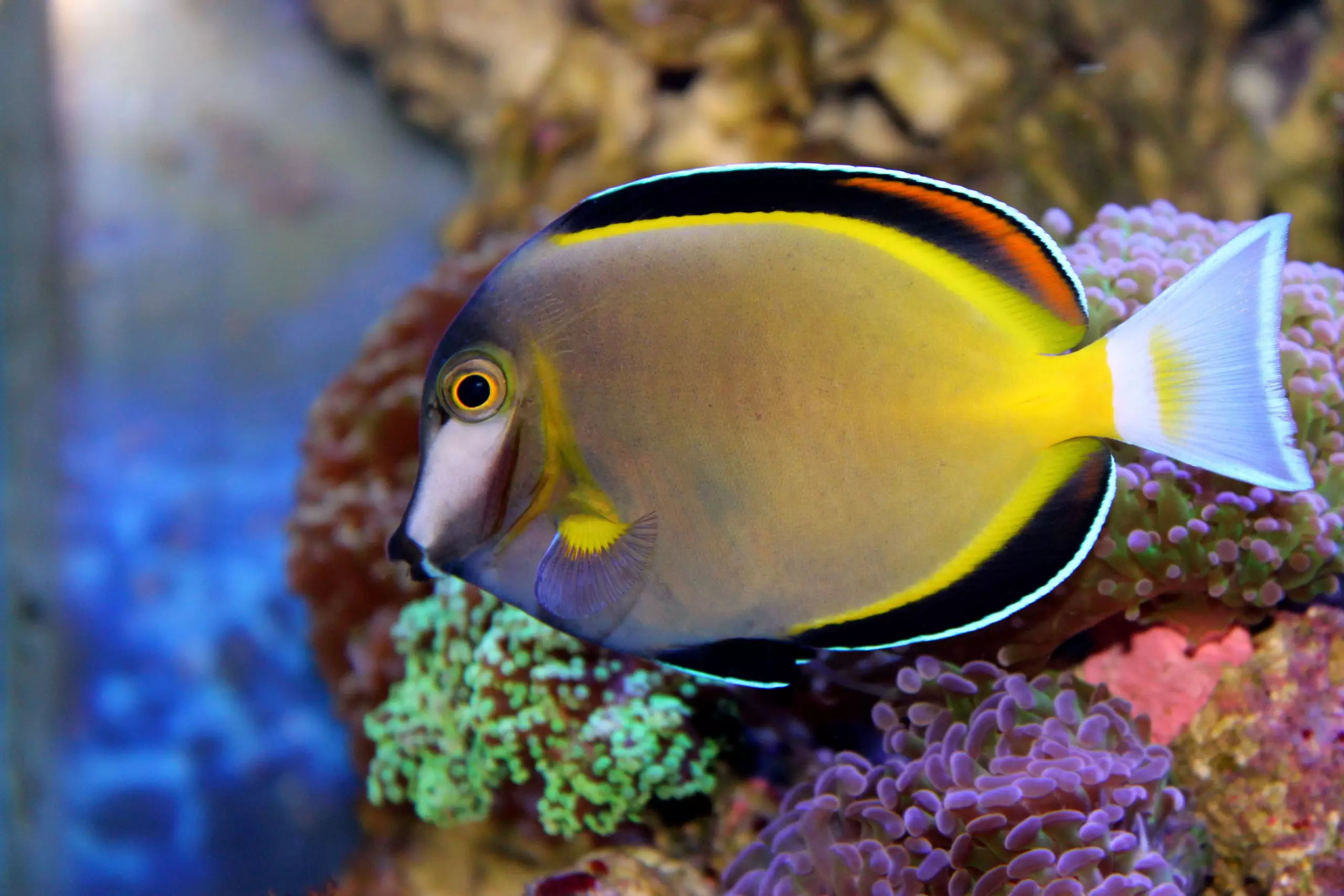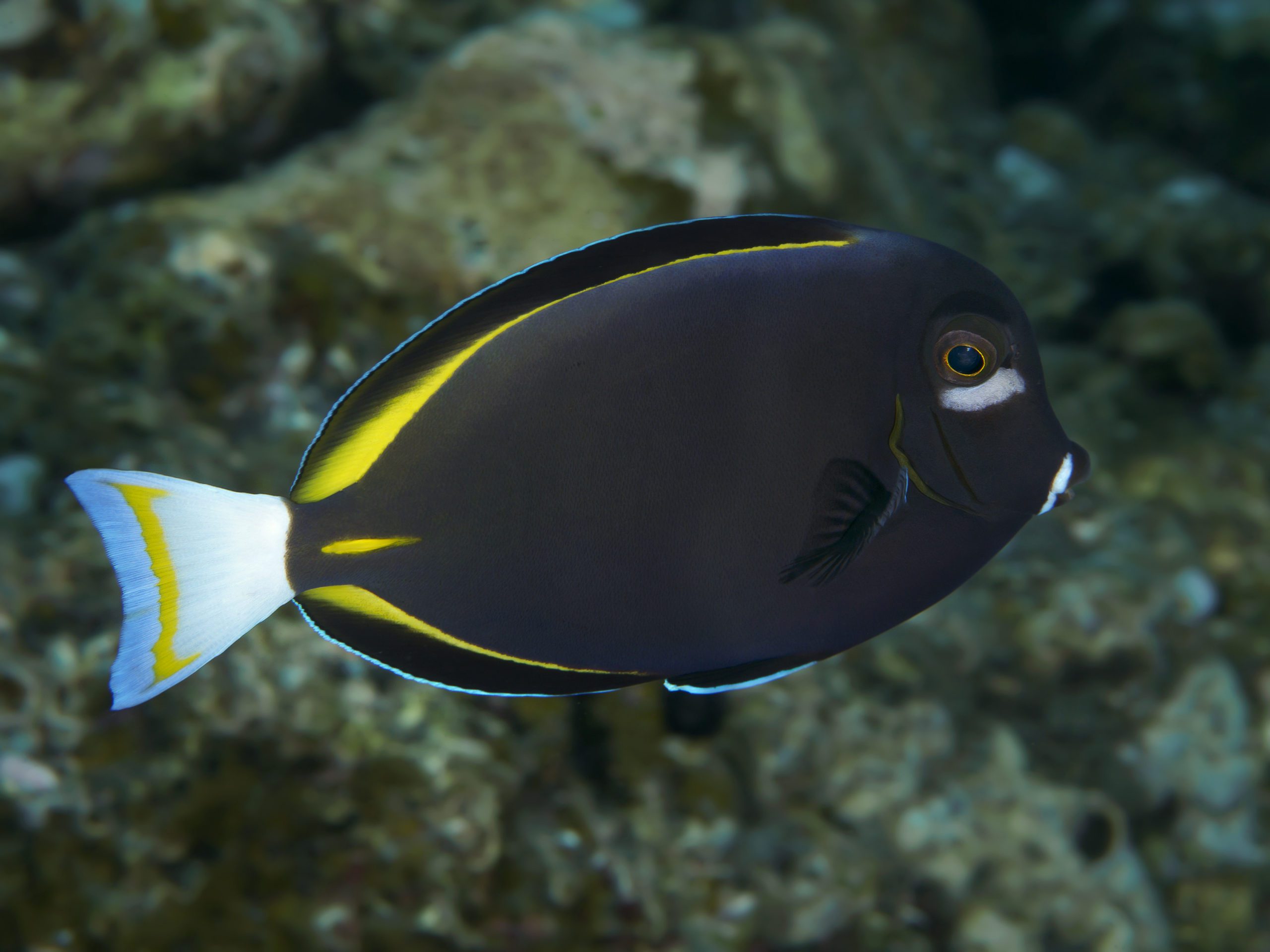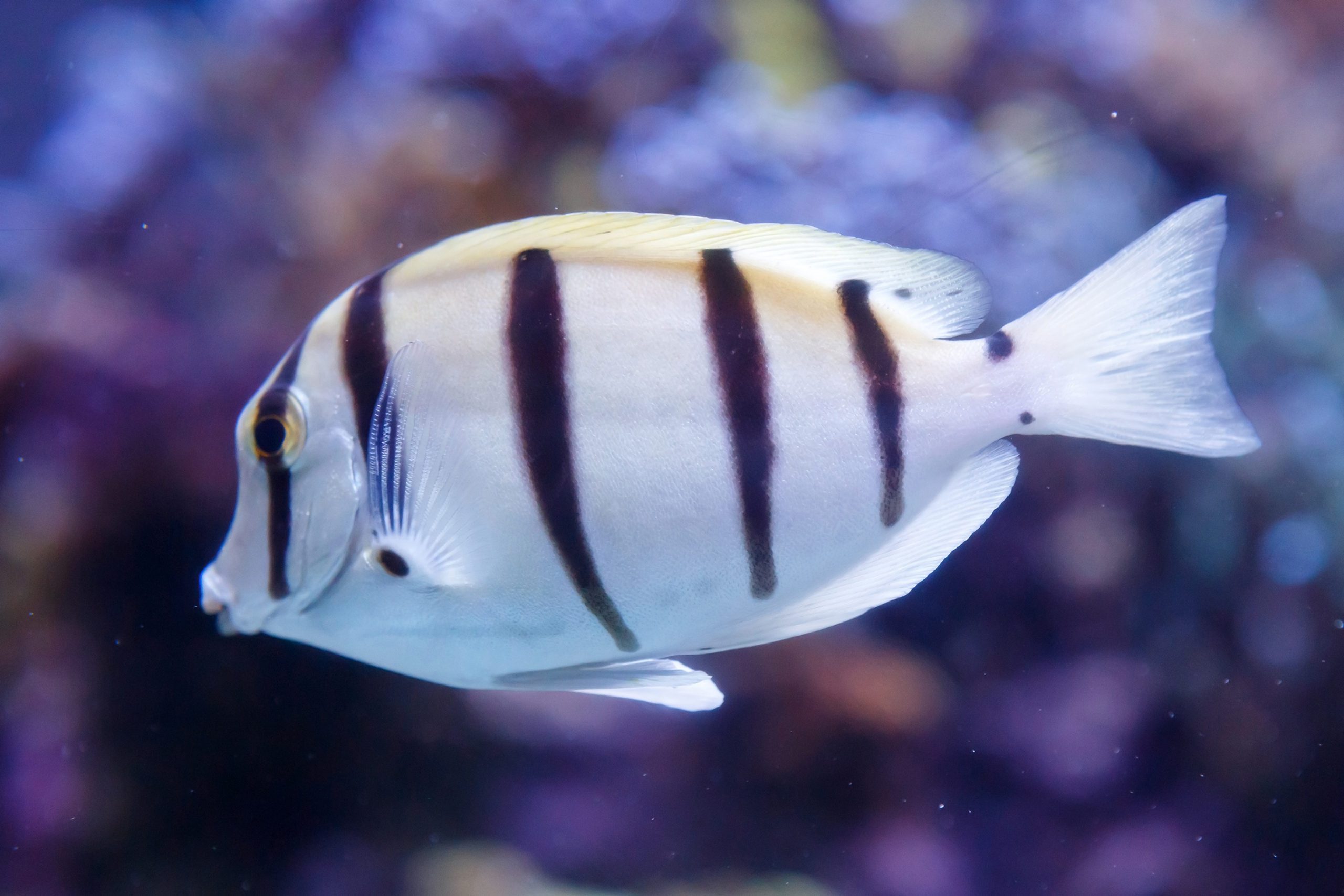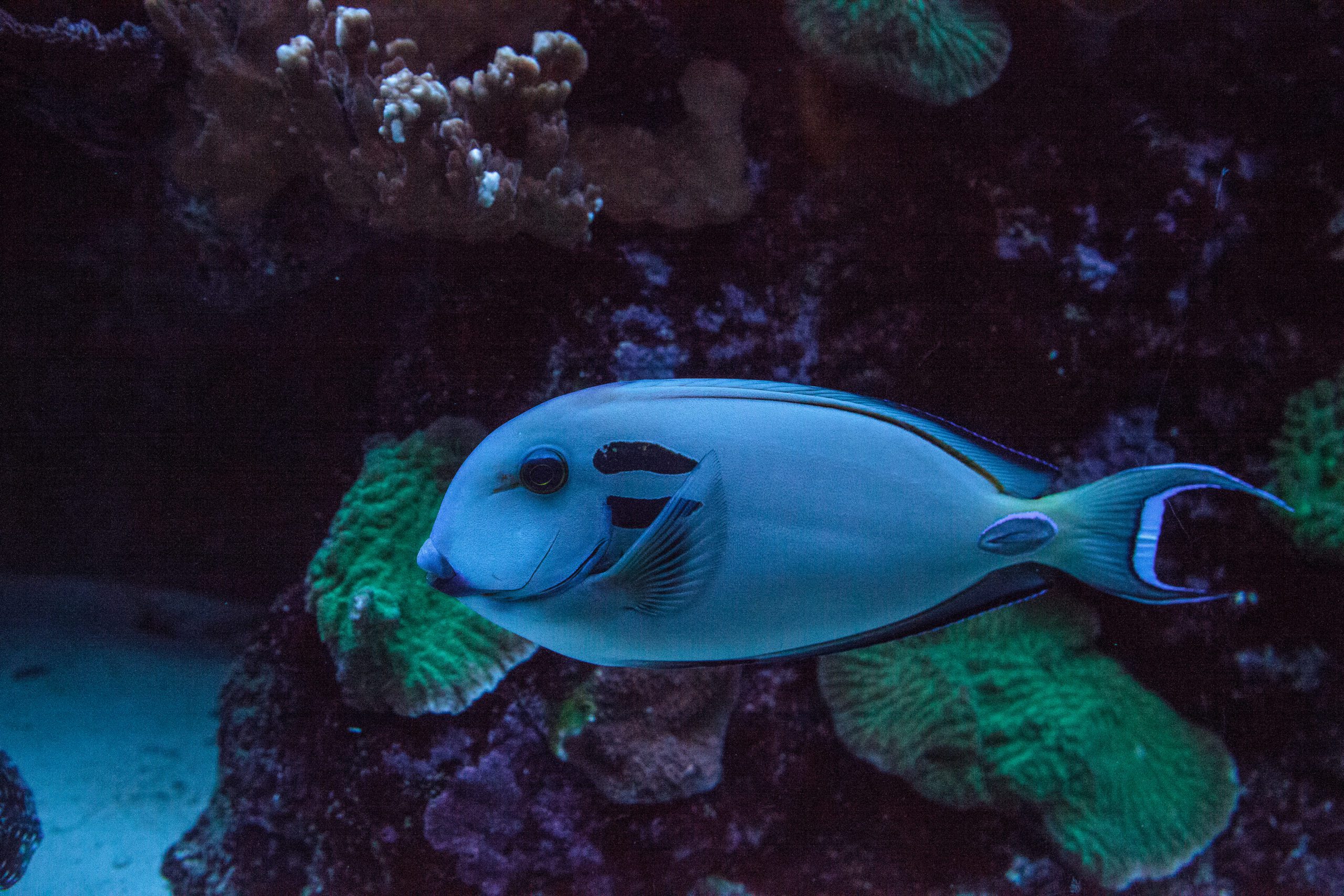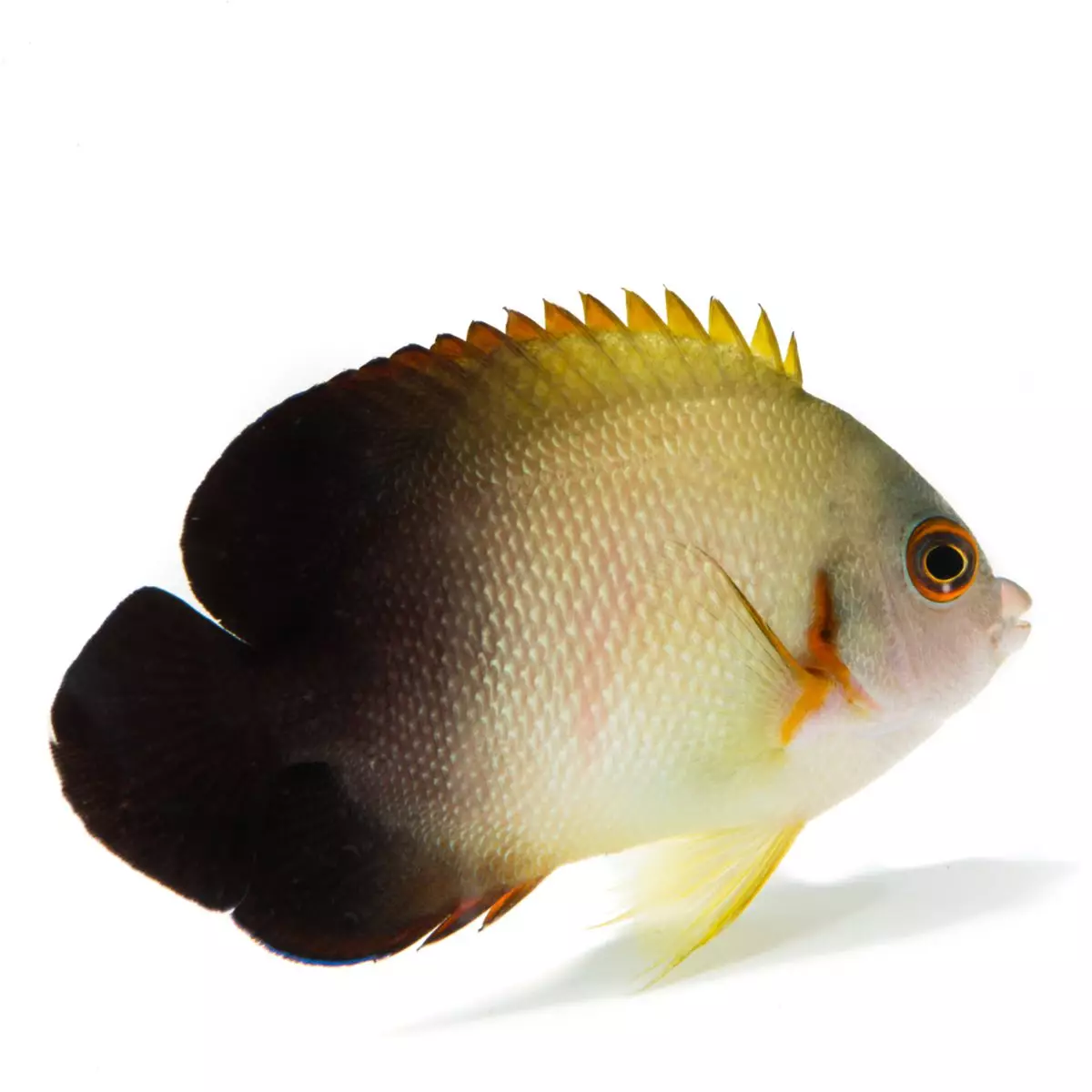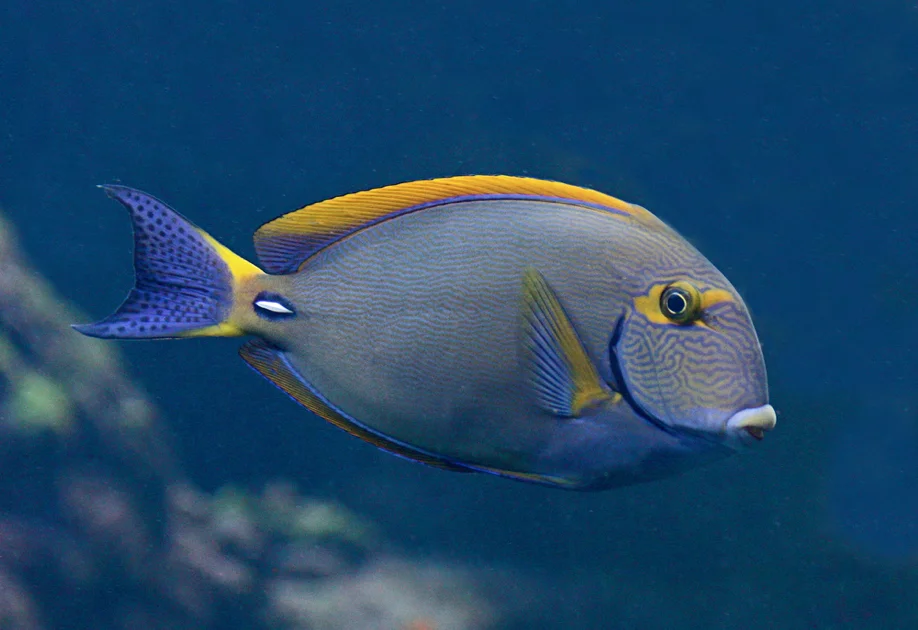Blue Caribbean Tang
-
Blue Caribbean Tang, also called The Atlantic Blue Tang, Blue Tang Surgeonfish, or simply The Blue Tang, has an oval body that is adorned with bold marks that change as the fish develops from young to adult. The juvenile fish is bright yellow and has two blue bands around the eye, as well as blue markings along the edges of the caudal and dorsal fins. As they mature the blue becomes more intense with marks running horizontally across every part of their body. It might also be an orange tail.
A 180 gallon or bigger aquarium is essential to ensure plenty of space for swimming. It is aggressive toward the other Tangs and Surgeonfish. However, it is tranquil when it is with fish.
While Tangs can eat meaty meals, it's essential that they get lots of seaweed derived from marine sources and algae. This will boost the immune system of Tangs, lessen aggression, and boost their overall health. Give dried seaweed that is tied to a rock, or an organic clip and feed at least three times a week. Sea Veggies, Seaweed Salad, and Ocean Nutrition are all ideal products and are extremely user-friendly.
Approximate size of purchase:
Juvenile Tiny: 3/4" to 1 1/2"
Small: 1 1/2" to 2"
Medium: 2" to 2-1/2"
Adult Small: 2-1/2" to 3"
Medium: 3" to 4"
Large: 4" to 6"
Extra Large 6" to 7"
XXLarge: 7" and Larger
- Description
- Additional Information
- Reviews

